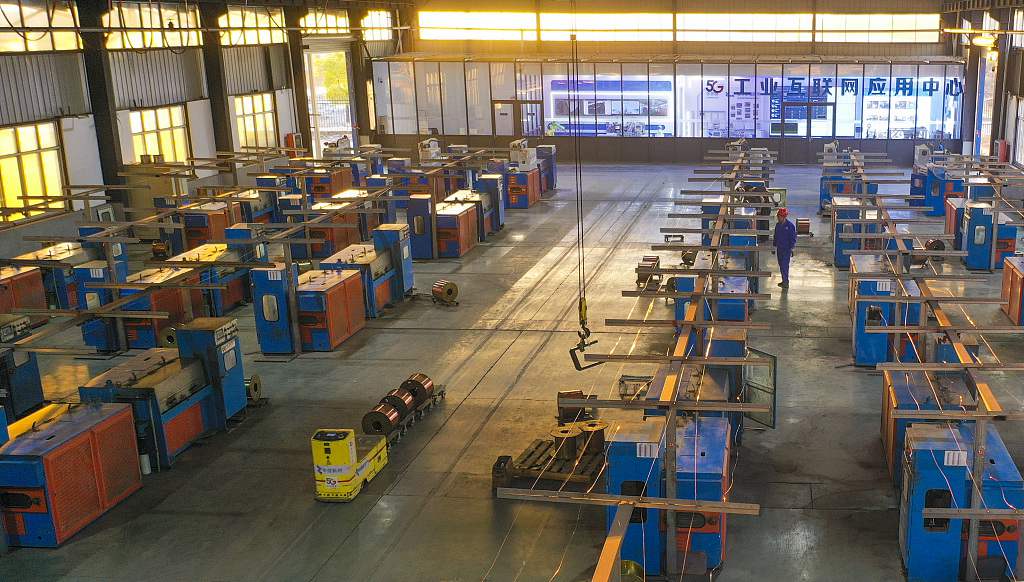How do you get experience if you're unemployed the entire time...?I should have commented on this the first time around but I missed it. That's exactly what the data shows in China's case. Look at the Coming Collapse of China flavour of the month - the unemployment rate among 16-24 year-olds - and contrast it with the rate among 25-33 year-olds. I don't have the data but I'll bet the latter is much lower for a simple reason: the Western media isn't harping on it.
Based on that, the hypothesis that getting older in China makes you more employable is well-supported by the evidence. There are a lot of reasons for that to be the case - the older you are, the more experience you have (which makes you more valuable as an employee) and the likelier you are to have realistic expectations for your career.
The phenomenon of 20+% youth unemployment is recent. Comparing it to contemporaneous data on 25-33 year old isn't going to paint you an accurate picture because those people were employed before the lock downs. We'd need to wait 5-10 years for the effects on the current cohort to show.
Demand is demand. Elderly people spend money on the same things young people do: food, shelter, entertainment, etc. In fact, their demand for medical services stimulates the critical sectors of biotechnology and medical technology. This is especially important in China's case since these sectors are still small and trailing technologically.
Even if we accept all that, a 20 year old today is going to spend a lot more over the course of their life than a 60 year old today, for simple mathematical reasons. This is why inverted population pyramids are a growth killer.
This is a false dichotomy. A 20 year-old with no experience is certainly going to be less productive than a 60 year-old. But do the same comparison between a 30 year-old and a 70 year-old. Or a 40 year-old and a 80 year-old. Which would you rather have?That's the American economy. Printing money in America causes inflation because there's no productivity to back the money printing, and America is busy decoupling itself from the productivity it was getting from China. There's no comparison between the Chinese and American economies.
Even if we keep the "from working age people" clause, define working age people. China's retirement age is at least a decade behind that of developed countries while its life expectancy is comparable (and in America's case, superior). I believe the coming 1-2 decades will see revolutionary advances in medicine - which I hope China leads - where life expectancy will increase dramatically. What's "working age" when the average life expectancy exceeds 100?
Robots are displacing humans all the time without being fully autonomous. If a company previously needed to hire 100 people for a given output now needs to hire only 20, those 80 people who would have otherwise been hired have been displaced. We could argue about other jobs in the economy being available to them, but that's another discussion.
As for their age, who is more productive - a 60 year-old sitting in an air-conditioned room operating mining equipment over a 5G connection, or a 20 year-old with a pickaxe? Let's make a fairer comparison, if the 60 year-old and 20 year-old were performing the same job, who would be more productive?
20 year-olds don't either. The average age of successful entrepreneurs is 45:
An inverted population pyramid, by definition, results in more people in the 60-90 range, and less in the 20-50 range. You want most of your population in the prime working age range (25-55 or 20-60) to create a growing economy. This is the whole theory behind population dividends. Technology may shift the range but nothing in the pipeline is going to make 70 year old people as productive as 30 year old people. There are basic biological limits to what people can do as they grow older. It's not just muscles that decline. It's everything.
Last edited:


